Best product design books
Product design is an ever-evolving field where creativity and functionality intertwine to shape our everyday lives. These books, like beacons in the night, illuminate the path to successful design by offering a wealth of knowledge, inspiration, and practical advice. Let's embark on this quest to discover the best product design books that will take your expertise to new heights.
The Design of Everyday Things by Don Norman
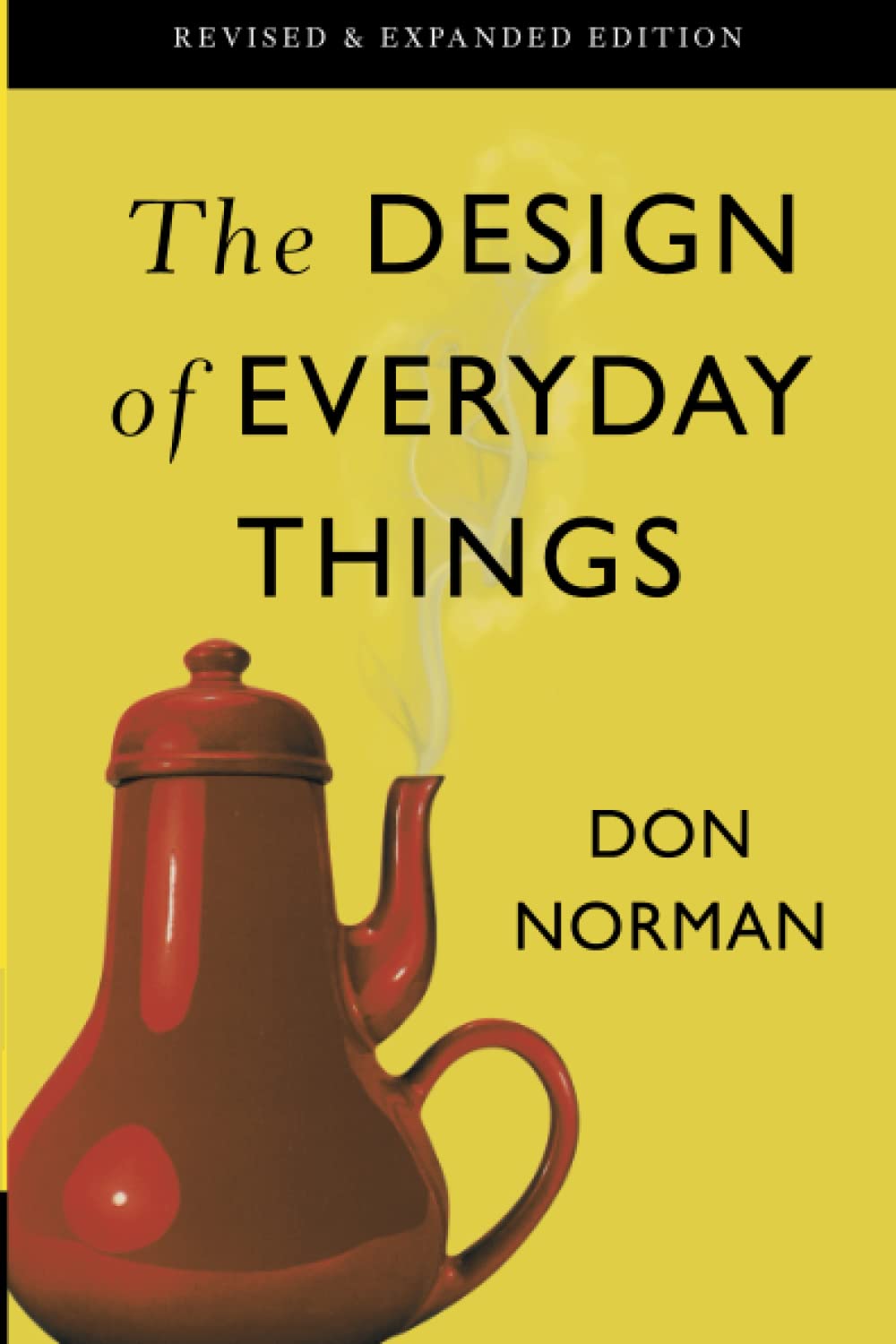 Don Norman's masterpiece is a cornerstone in the world of product design. This classic book delves deep into the psychology of design and user experience, revealing the intricacies of how people interact with products. With its witty anecdotes and eye-opening revelations, "The Design of Everyday Things" is a must-read for anyone looking to design products that are not just beautiful but also user-friendly.
Don Norman's masterpiece is a cornerstone in the world of product design. This classic book delves deep into the psychology of design and user experience, revealing the intricacies of how people interact with products. With its witty anecdotes and eye-opening revelations, "The Design of Everyday Things" is a must-read for anyone looking to design products that are not just beautiful but also user-friendly.
Key Takeaways:
- Understand the principles of user-centered design.
- Explore the concept of affordances and signifiers.
- Learn how to design products that require minimal cognitive effort from users.
Hooked: How to Build Habit-Forming Products by Nir Eyal
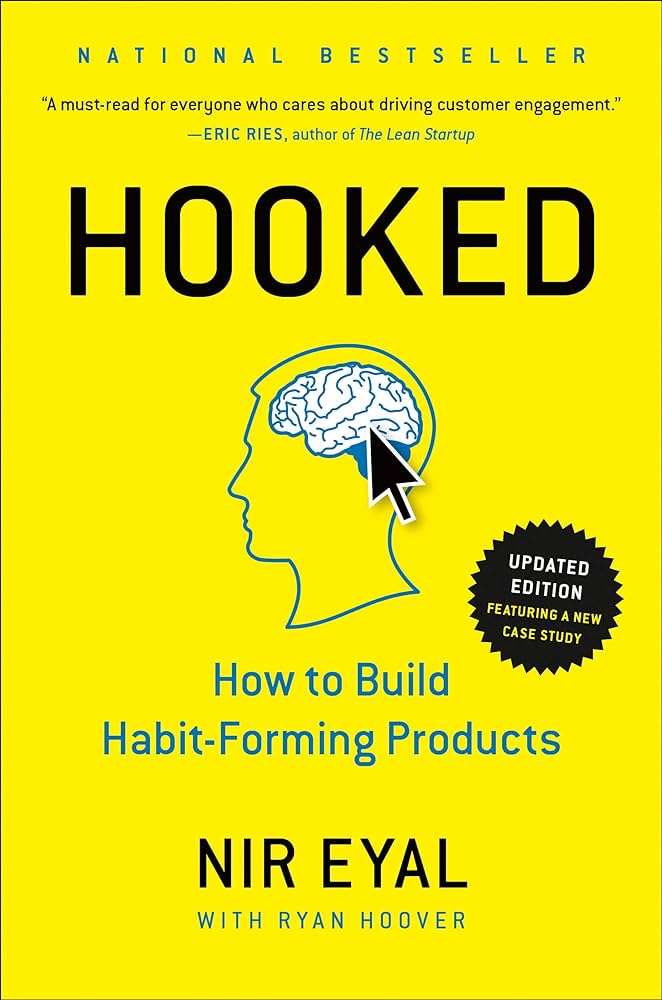
In "Hooked: How to Build Habit-Forming Products," Nir Eyal explores the art of creating products that not only capture users' attention but also keep them coming back for more. Eyal introduces a framework called the Hook Model, which consists of four components: Trigger, Action, Variable Reward, and Investment. By understanding and implementing these elements, designers can build products that form user habits.
Key Takeaways:
- Learn how to create a cycle of trigger, action, variable reward, and investment to keep users hooked on your product.
- Explore how to tap into users' desires and emotions to make your product an integral part of their daily lives.
- Be mindful of the ethical implications of habit-forming products and design responsibly to benefit users rather than exploit them.
Don’t Make Me Think by Steve Krug
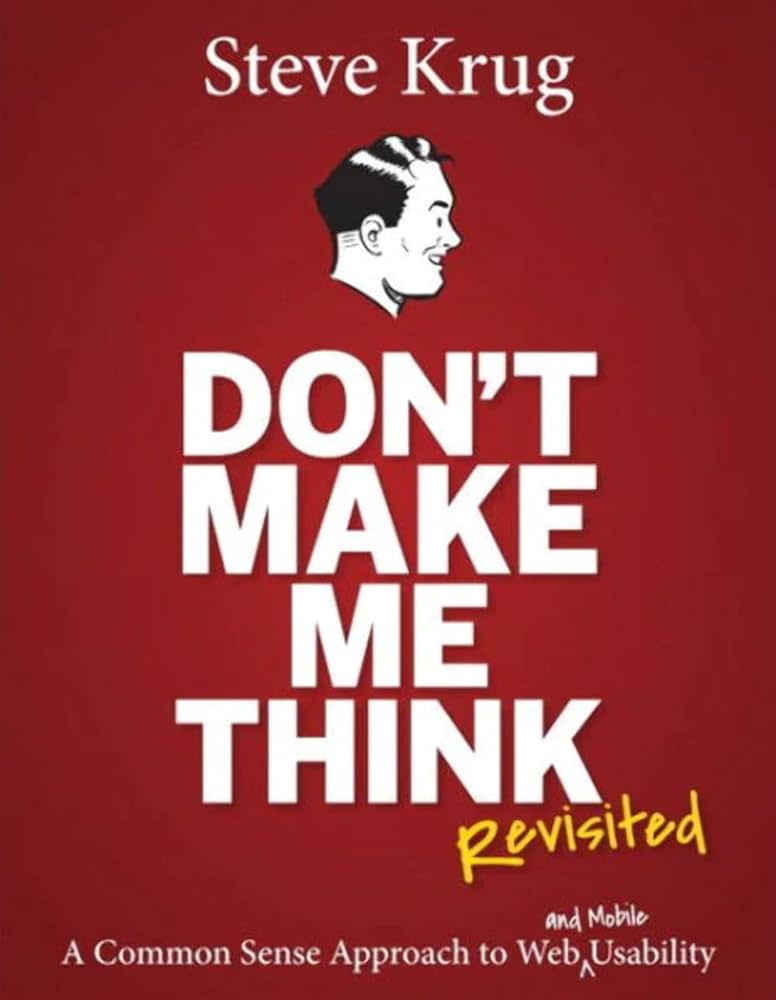
"Don't Make Me Think" is a user experience design classic that emphasizes the importance of simplicity and usability in web design.
Key takeaways:
- Design user interfaces that are intuitive and require minimal cognitive effort to navigate
- Regularly test your designs with real users to identify and address usability issues.
- Ensure that users can quickly find what they need without having to think too hard.
Sprint: How to Solve Big Problems and Test New Ideas in Just Five Days by Jake Knapp
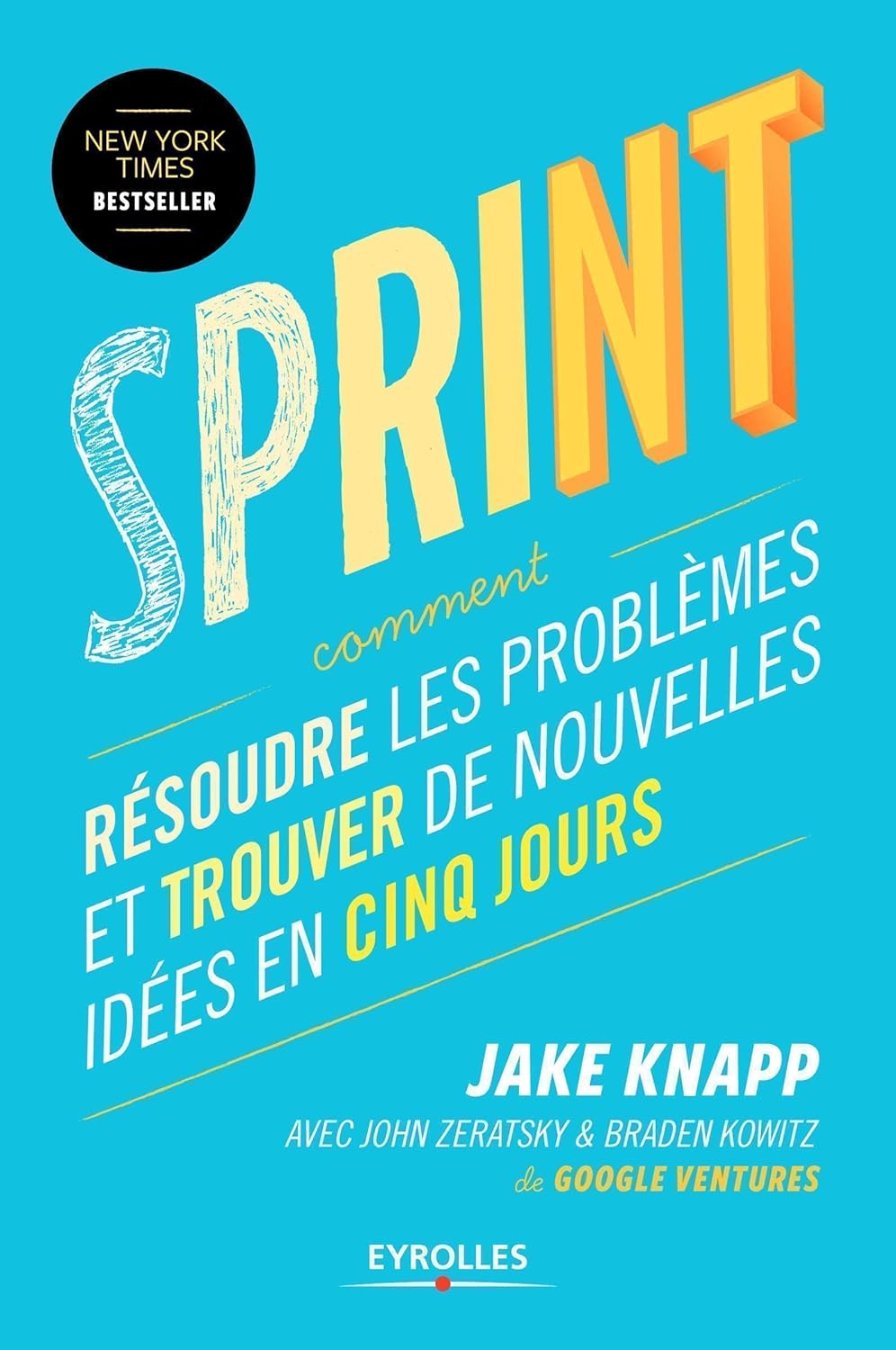
"Sprint" outlines a step-by-step process for solving complex problems and testing new ideas in a short timeframe.
Key takeaways:
- Five-day sprint to rapidly ideate, prototype, and test ideas, allowing for quick validation and iteration
- Involve a diverse team with different perspectives to generate creative solutions
- Test your ideas with real users early in the process to ensure that your product or solution meets their needs
Change by Design: How Design Thinking Transforms Organizations and Inspires Innovation by Tim Brown
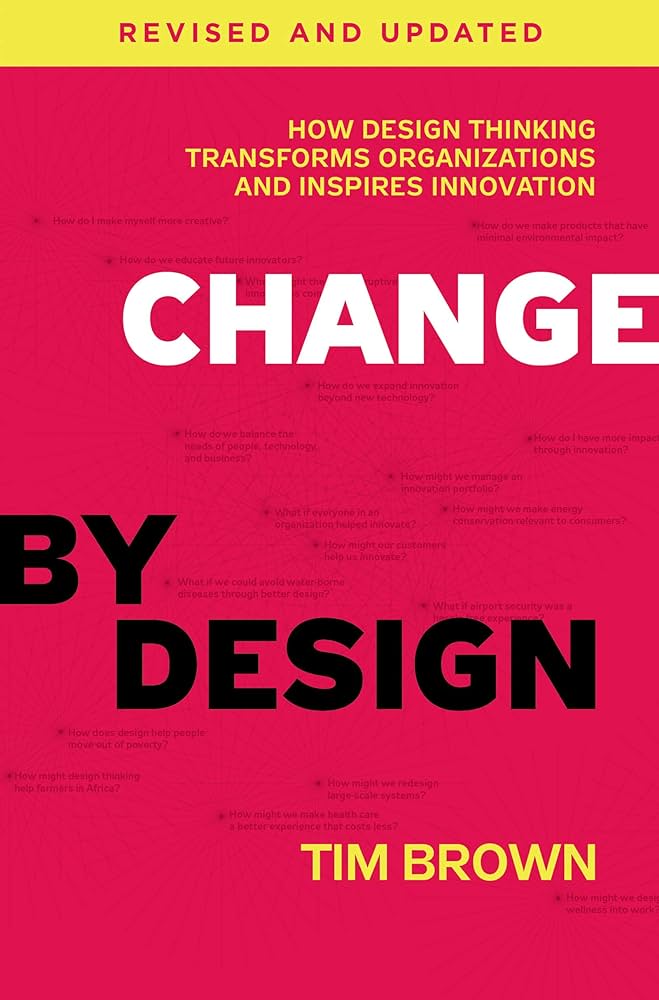
In "Change by Design" Tim Brown explores how design thinking can drive innovation and transform organizations by emphasizing empathy, collaboration, and user-centric solutions.
Key Takeaways:
- Understand the needs and experiences of your users to design products and services that truly meet their expectations.
- Encourage a mindset of experimentation, collaboration, and iterative problem-solving within your organization.
- Continuously refine your designs through feedback and testing, allowing for innovation and improvement.
Solving Product Design Exercises by Artiom Dashinsky
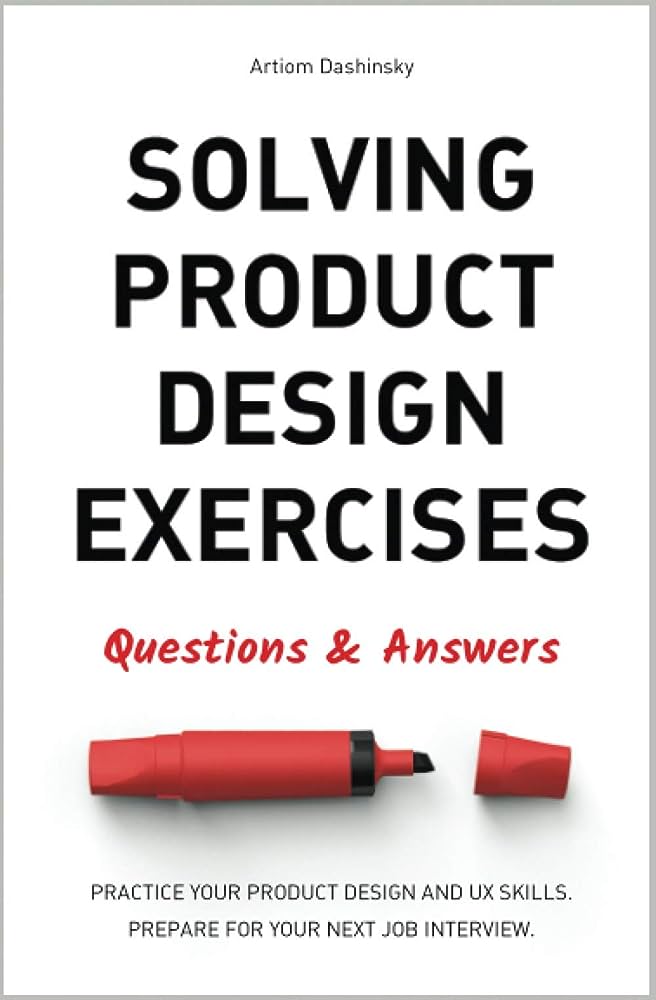
"Solving Product Design Exercises" is a comprehensive guide that provides questions and answers for product design exercises, offering valuable insights and guidance to help designers prepare for interviews and real-world design challenges.
Design For Cognitive Bias by David Dylan Thomas

David Dylan Thomas explores into the cognitive biases that influence decision-making and offers guidance on how to design products that accommodate and address these biases.
Key takeaways:
- Adopt a human-centered, empathetic approach to problem-solving, allowing for innovative solutions that truly address user needs.
- Encourage diverse teams to collaborate and harness the collective creativity of different skill sets.
- Continuously refine your solutions through prototyping and testing, allowing for rapid adaptation and improvement.
Laws of UX: Using Psychology to Design Better Products & Services by Jon Yablonski
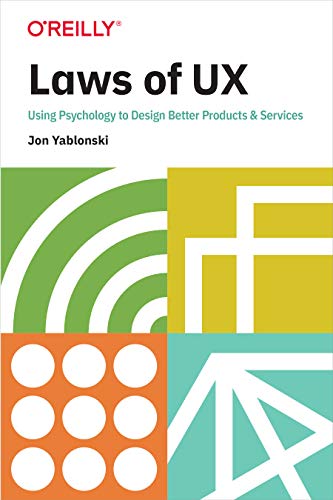
"Laws of UX" explains the psychological principles that underlie effective design and provides practical guidelines for designing better products and services.
Key takeaways:
- Familiarize yourself with fundamental psychological principles to design products that resonate with users on a deeper level.
- Implement principles like the Gestalt principles, Hick's Law, and others to improve user experiences and design more efficiently.
- Stay updated with evolving UX principles and trends to adapt your designs to user preferences.
Thinking, Fast and Slow by Daniel Kahneman
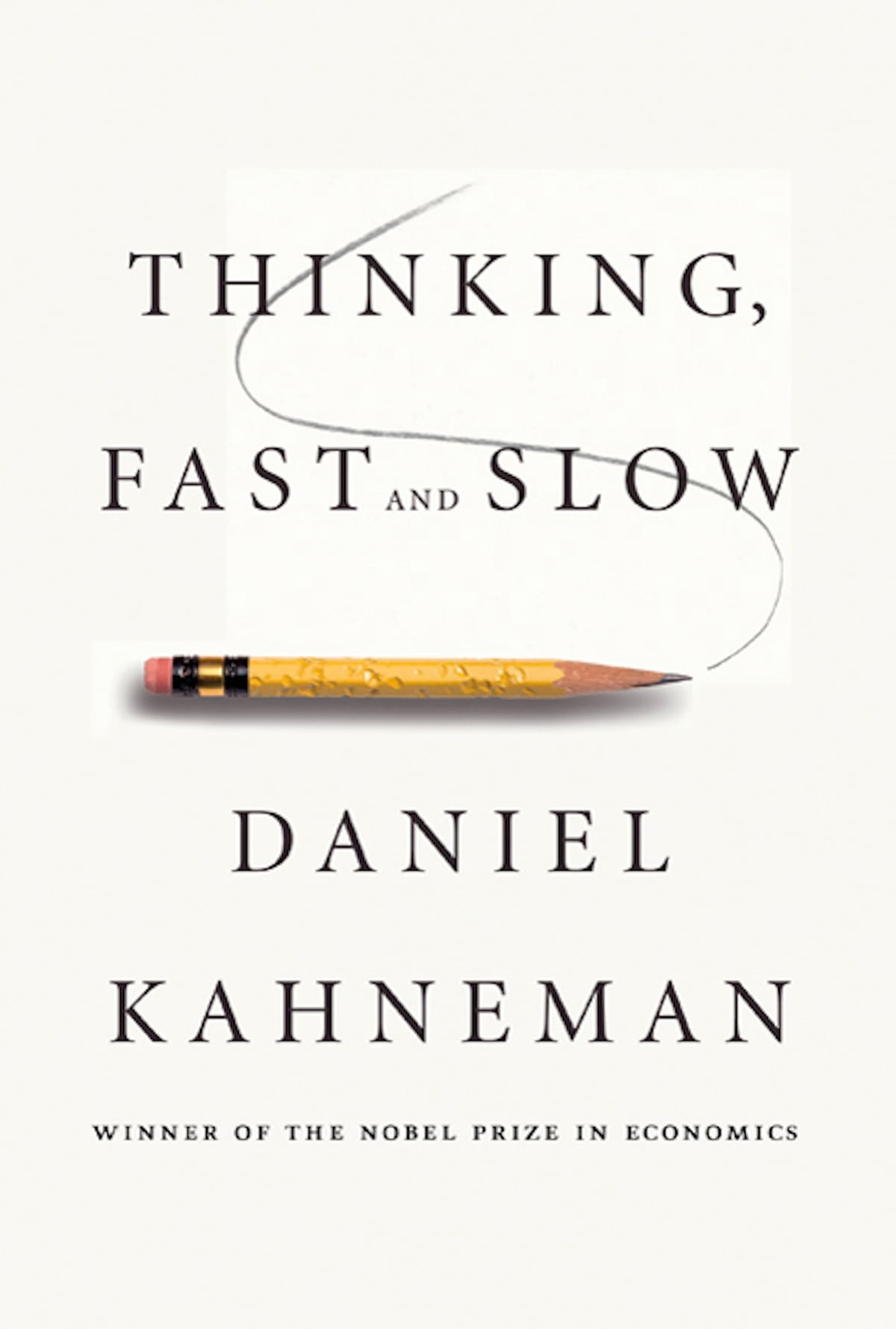
While not exclusively a product design book, "Thinking, Fast and Slow" by Nobel laureate Daniel Kahneman is an essential read for anyone involved in design thinking. This book explores the two systems that drive the way we think: fast, intuitive thinking (System 1) and slow, deliberate thinking (System 2). By understanding these systems, designers can make products that resonate with users on both emotional and rational levels.
Key Takeaways:
- Grasp the principles of behavioral economics and their implications for design.
- Design products that appeal to both intuitive and deliberate decision-making processes.
- Recognize cognitive biases and design solutions that mitigate them.
Design Is a Job by Mike Monteiro
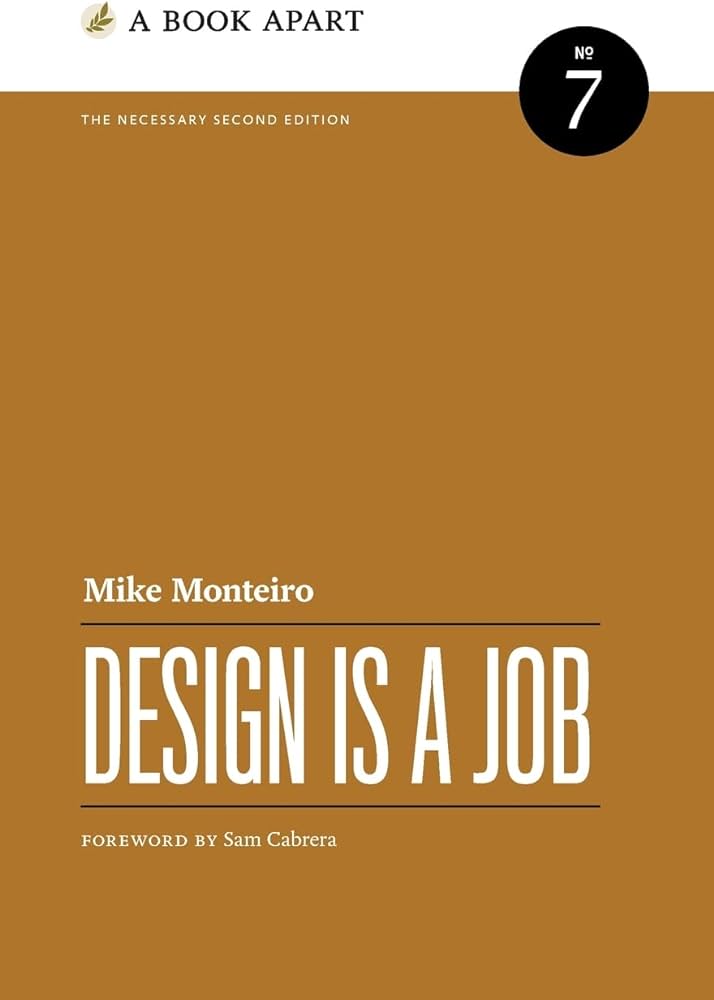 "Design Is a Job" is a candid and practical guide that sheds light on the business aspects of design, emphasizing the importance of professionalism, communication, and ethics in the design industry.
"Design Is a Job" is a candid and practical guide that sheds light on the business aspects of design, emphasizing the importance of professionalism, communication, and ethics in the design industry.
Key Takeaways:
- Understand that design is not just about aesthetics; it's a business that requires reliability, communication, and accountability.
- Learn how to work closely with clients, communicate your design decisions, and set clear expectations to ensure successful projects.
- Prioritize ethics in your design work, advocating for responsible design choices that consider the well-being of users and society as a whole.
The best product design books cater to a wide audience. Beginners will find them a valuable foundation for understanding design principles, while experienced designers can gain fresh insights and stay updated with industry trends.
Remember that design is not a solitary endeavor. It's a conversation between you, the designer (you), and the user. These books will help you find your voice in this conversation, enabling you to craft products that not only meet users' needs but also touch their emotions.